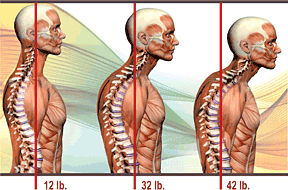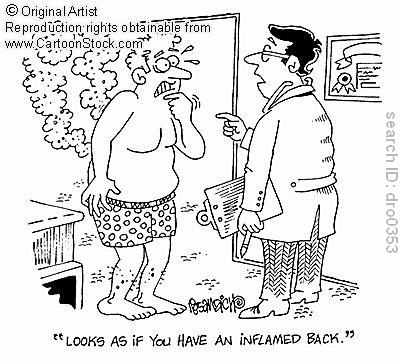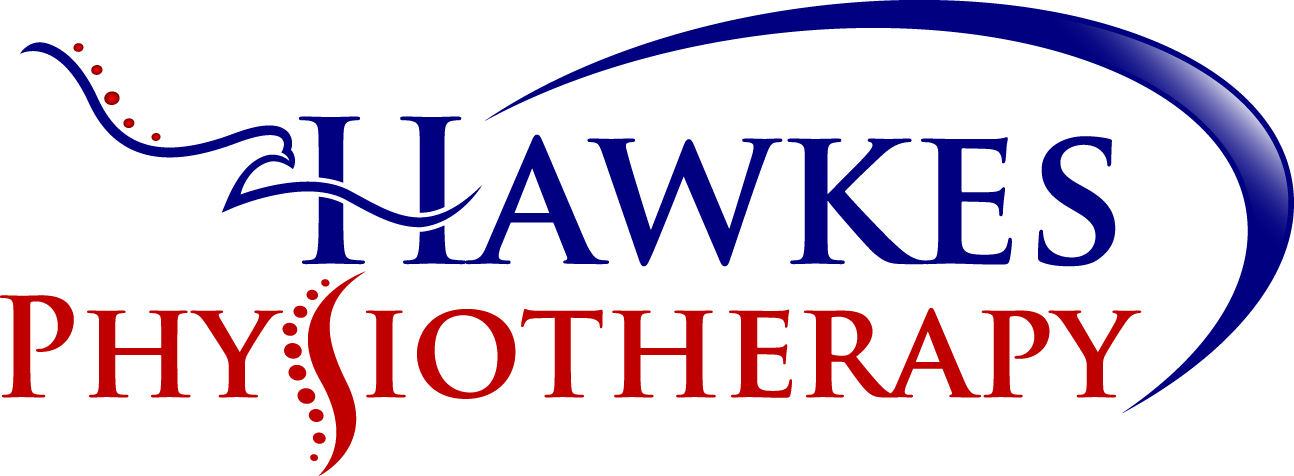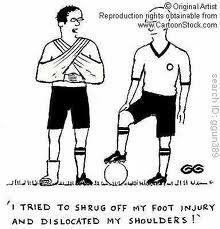Neck blog series part 1: Cervical Spondylosis

What is Spondylosis? Spondylosis: ‘a spinal condition resulting from degeneration of the intervertebral discs in the cervical, thoracic, or lumbar regions’. Dunsker (1981) stated that ‘cervical spondylosis is a common condition that affects all people, but to varying degrees. It is often blamed for vague symptoms about the head or neck and is commonly misdiagnosed when it is responsible for symptoms in an extremity’ How much of a problem is spondylosis? Spondylosis: Radiological evidence can be seen in asymptomatic adults and 25% of individuals aged under 40 have some degree of disc degeneration (Rao, 2007). Symptoms may appear in persons as young as 30 years but are most common in individuals aged 40-60 years (Galhom and Al-Shatoury, 2009). The most common sites of spondylosis are: C4-T1, T2,3,4 & L2-S1 (Areas of maximum motion and curvature). What are the common symptoms of cervical spondylosis? Neck pain unilateral or bilateral, radiating between the s



